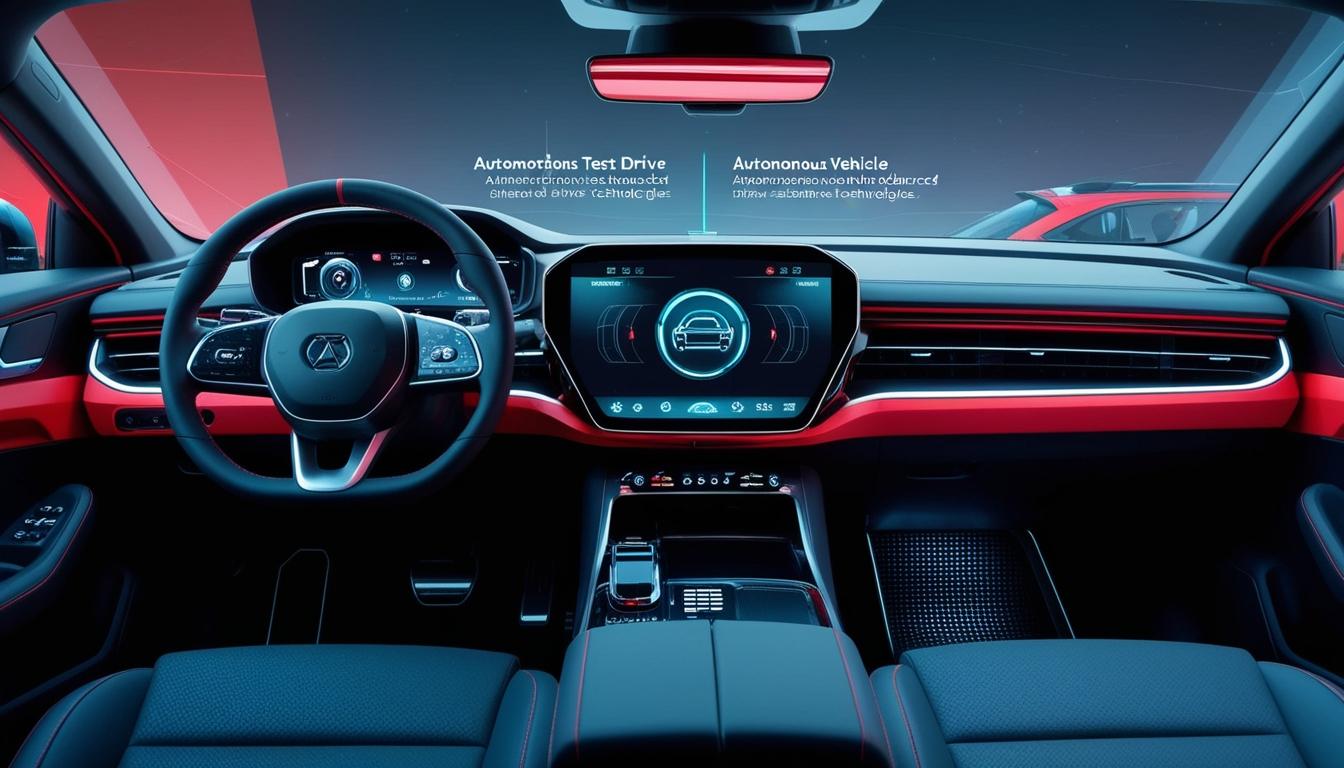Hexagon, a global leader in digital reality solutions, has recently unveiled Virtual Test Drive X (VTDx), a cloud-native system designed to facilitate the testing, training, and validation of Advanced Driver Assistance Systems (ADAS) and autonomous vehicle technologies. This innovative solution leverages hyperscale computing and automation to evaluate software performance against a multitude of real-world scenarios, thereby expediting the introduction of new mobility innovations to the market.
The significance of software in the design of vehicles is ever-increasing, especially in light of the demands placed on automotive teams tasked with developing ADAS features. The rise of software-defined vehicles (SDVs) has introduced complexities related to various components, including sensors, chipsets, and operating systems, which subsequently delay the overall vehicle development process. VTDx aims to mitigate these issues through a comprehensive, consumption-based service, enabling a scalable approach to virtual prototyping. This approach is positioned as a solution to the high costs and safety concerns associated with traditional physical testing methodologies.
VTDx is structured as a Software as a Service (SaaS) model, constructed to fully leverage the computational capabilities and automation features of Hexagon's Nexus digital reality platform. This integration allows software development teams to embed rigorous testing protocols into their continuous testing and integration frameworks specifically tailored for ADAS and autonomous vehicle systems.
Through an intuitive web interface, ADAS engineers are empowered to design and configure their systems under test (SUTs)—these include various ADAS algorithms. The simulation is grounded in accurate physics-based outputs derived from Hexagon's extensive experience in environmental simulation. When testing is initiated, VTDx implements software-in-the-loop (SIL) tests that comply with OpenDrive and OpenScenario standards. This process makes use of tens of thousands of simulations, enabling significant reductions in both configuration and computational time necessary for conducting standardised SIL test programmes.
Key features of VTDx include continuous integration and testing (CI/CT), seamless workflow integration, user-friendly operations, scalability, cloud accessibility, and a pricing model based on consumption. The platform has reportedly gained traction among Hexagon's automotive original equipment manufacturer (OEM) and Tier 1 clientele due to its intuitive high-productivity user experience. The hands-off automation capabilities that facilitate thousands of code-test simulations have been particularly well-received, alongside the flexibility of its pricing structure.
Hexagon has collaborated closely with the Microsoft Azure team to develop the VTDx platform, which achieves high-level photorealistic visualisation through the Unreal Engine and supports the ASAM-maintained OpenScenario and OpenDrive standards. "We embarked on a journey to build our cloud-based ADAS simulation software from the ground up with CI/CT processes in mind, addressing the software development challenges our automotive customers face today,” commented Mahesh Kailasam, general manager of Hexagon’s manufacturing intelligence division. He further added, “Whether aiming to increase test coverage, shorten test cycles or automate workflows, our VTDx solution offers significant benefits."
As businesses continue to navigate the increasingly complex landscape of vehicle software development, solutions like VTDx could play a pivotal role in shaping best practices and enhancing efficiencies in the automotive industry.
Source: Noah Wire Services
